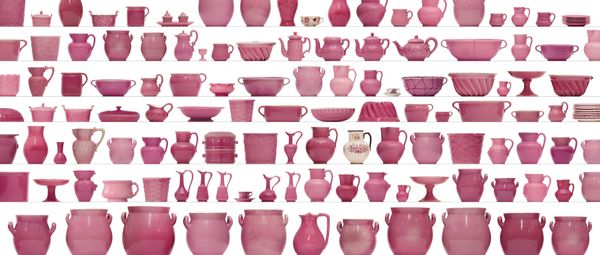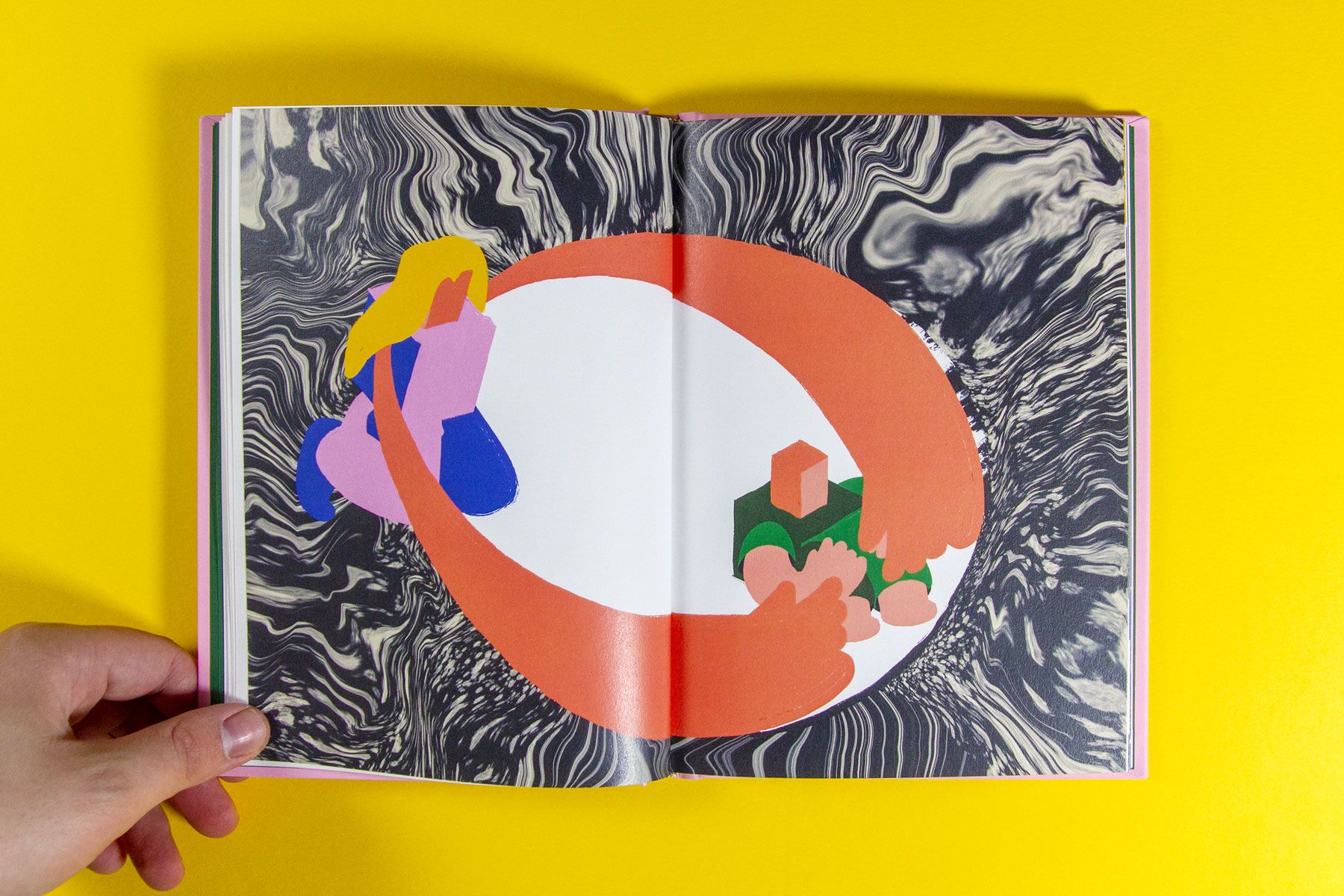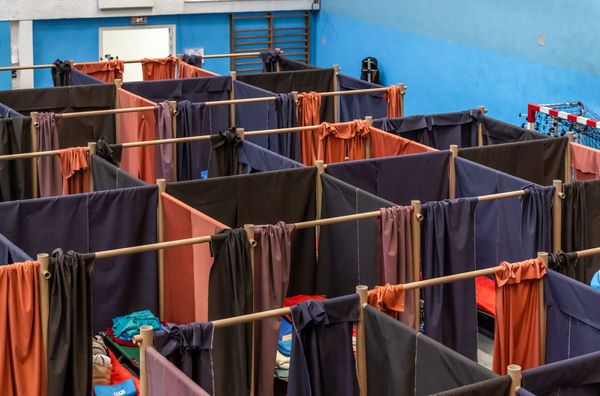If you open the book of Ričards Znutiņš-Znutāns, an illustrator from Riga, you’ll be presented 27 human emotions wrapped in curious stories and cubist-like illustrations. Published by Portuguese publisher Stolen Books, the stories are based on interviews with people from Spain, Turkey, China, Morocco, Nicaragua, Australia and many more. Meet the project called ‘It must be nice.’
According to the author, It must be nice was inspired by his own frustrations and experiences. “Before the book was published, I was on an emotional rollercoaster,” he shared. “There were some big changes I wasn’t prepared for, but I gained many experiences and learned a lot. I prospered, which is one of the most important aspects of human life – learn and prosper. I believe that everything happens for a reason; I mean we learn from experiences, but we have to ask the right questions to understand ourselves. I’m not trying to know everything, I’m trying to understand the questions. I think these questions have led me to this book,” he pointed out.
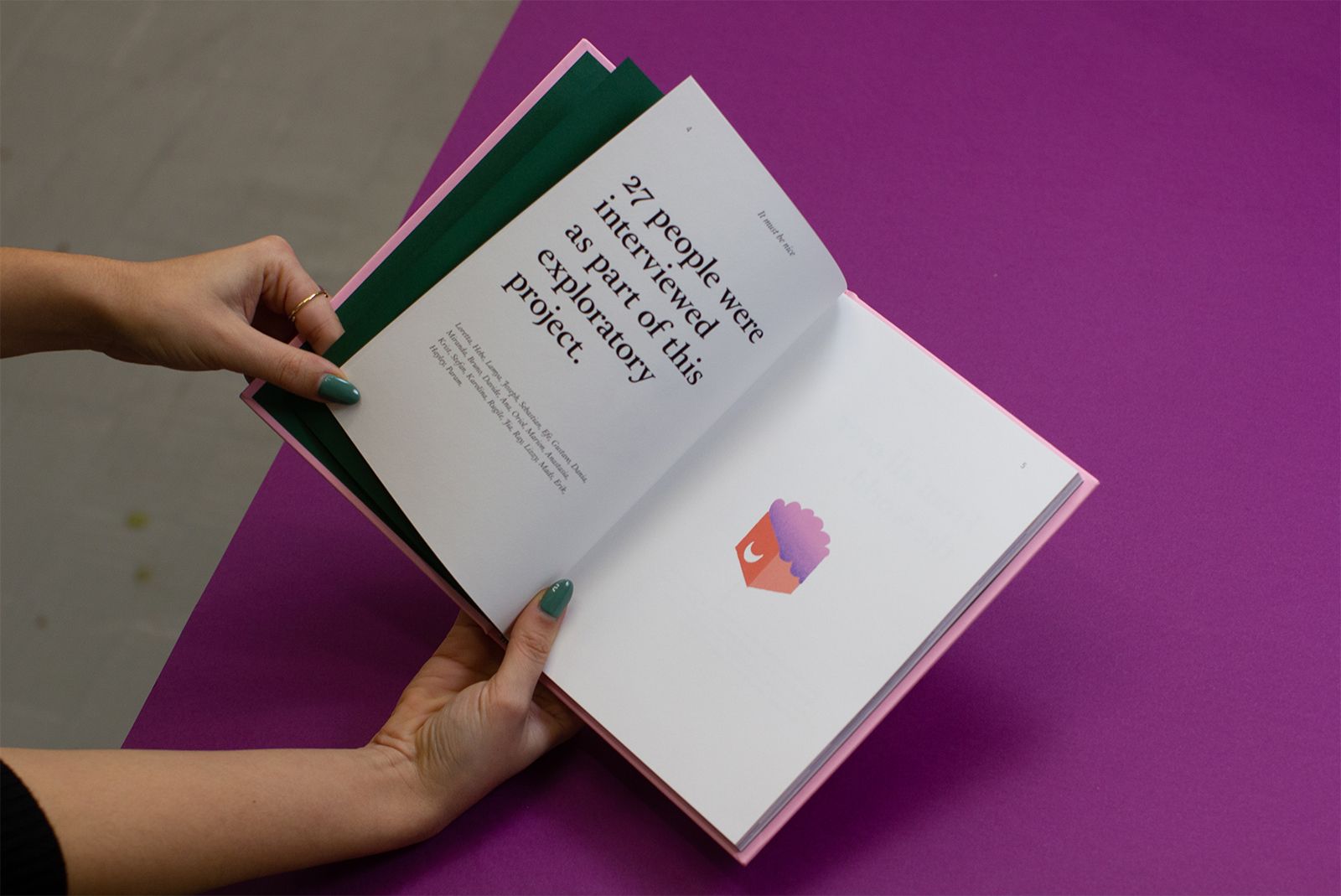
Ričards wanted to elaborate on the topic in the most diverse way possible, so involving people from different backgrounds, cultures and of various ages in the project was crucial to him. “As an artist and as a person, looking at things from a different angle is highly important to me, as this is how I learn and perceive the world. I keep an open mind to different opinions and stories,” he continued. He added that he had a chance to meet most of the people featured in the book in Lisbon. As the Portuguese capital brings together many different cultures due to its geographical location, it has proved to be the right medium to achieve Ričards’ goals. As he said, “everyone meets in Lisbon. It’s like the center of the world to me. I found the interviewees in different ways; some of them I’d already known, but there were some chance encounters in the street or on the beach, or in bars. Wasn’t that a challenge! Not everyone’s eager to share their intimate lives to find them in a book later, but I somehow achieved to convince them,” he elaborated.

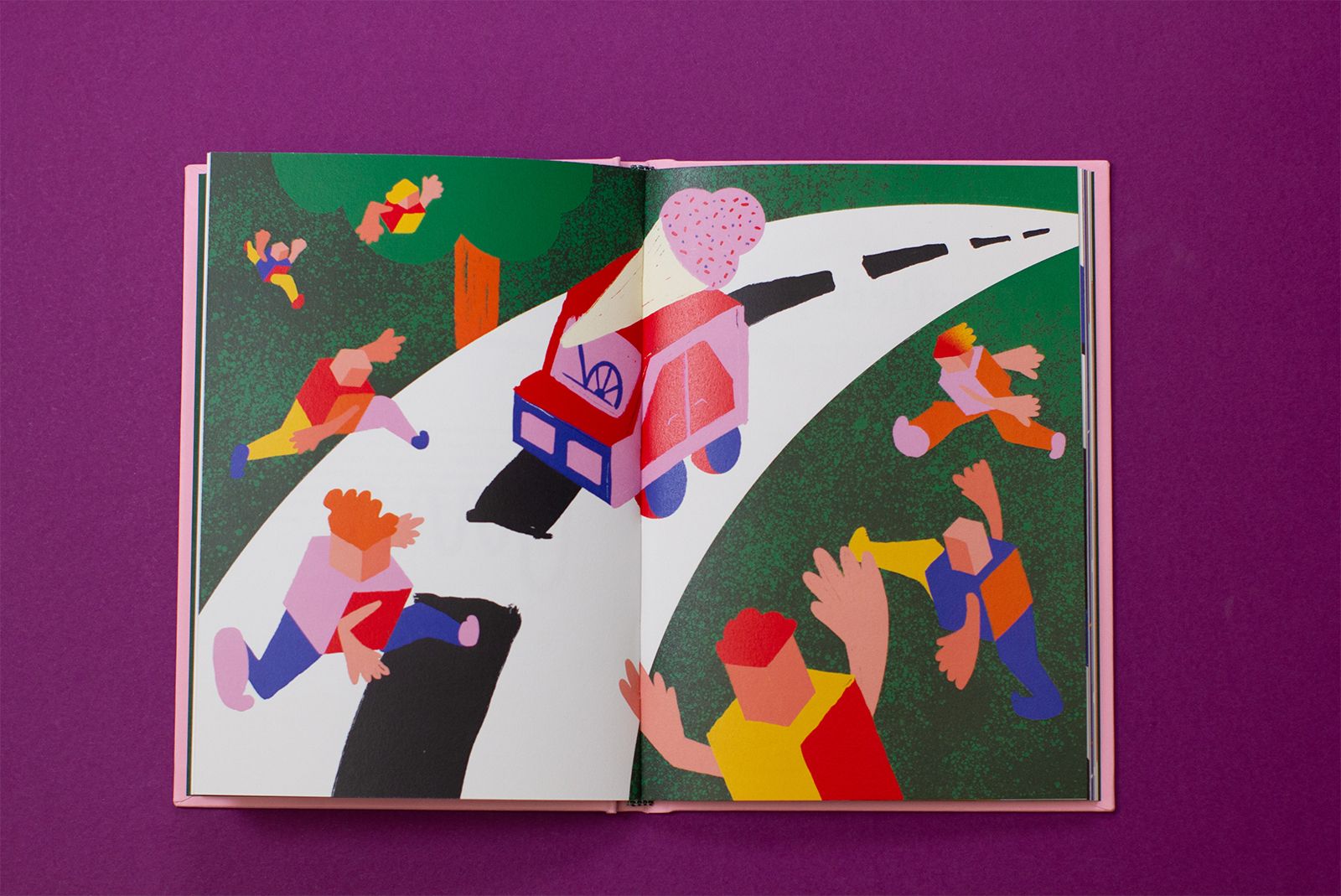
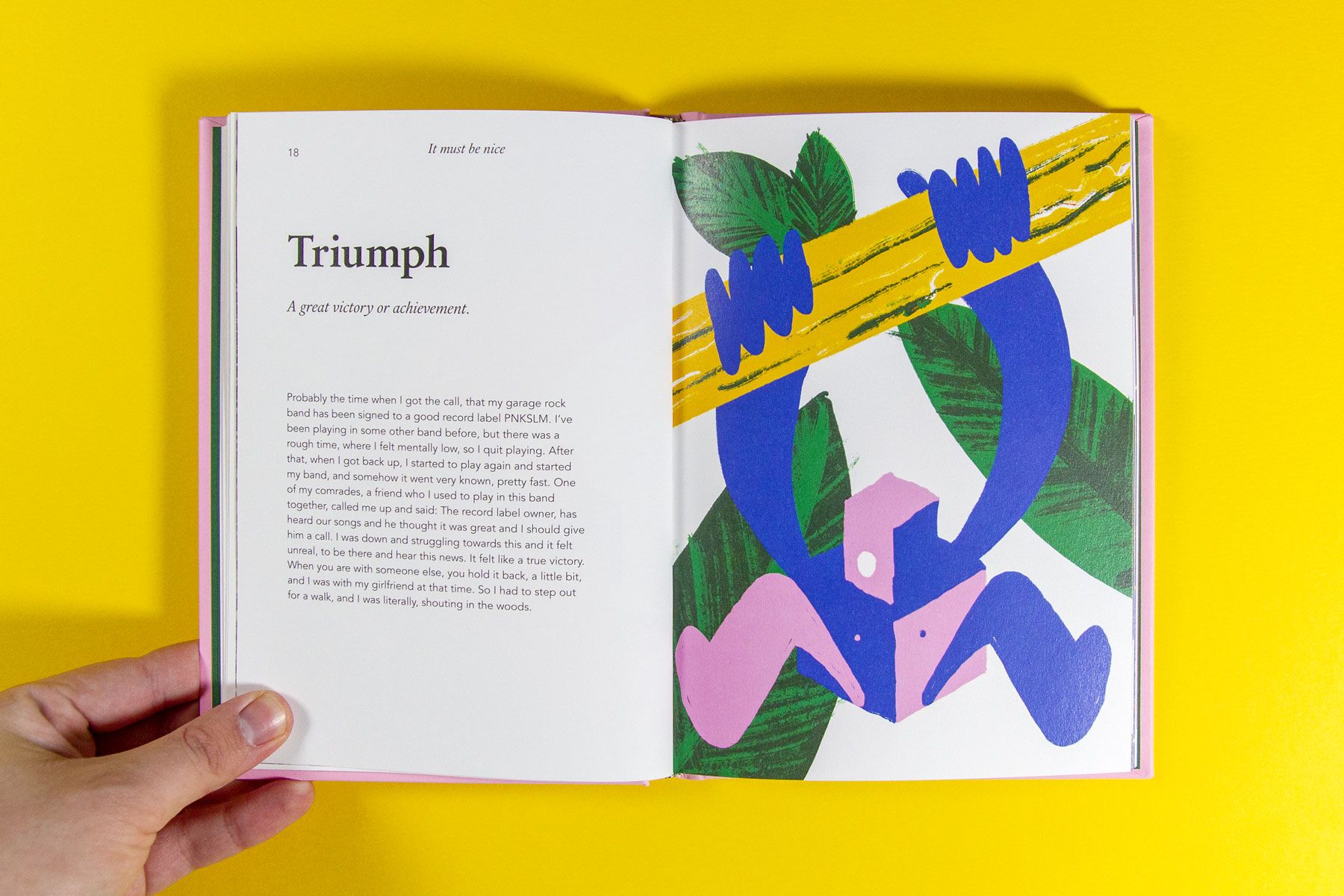
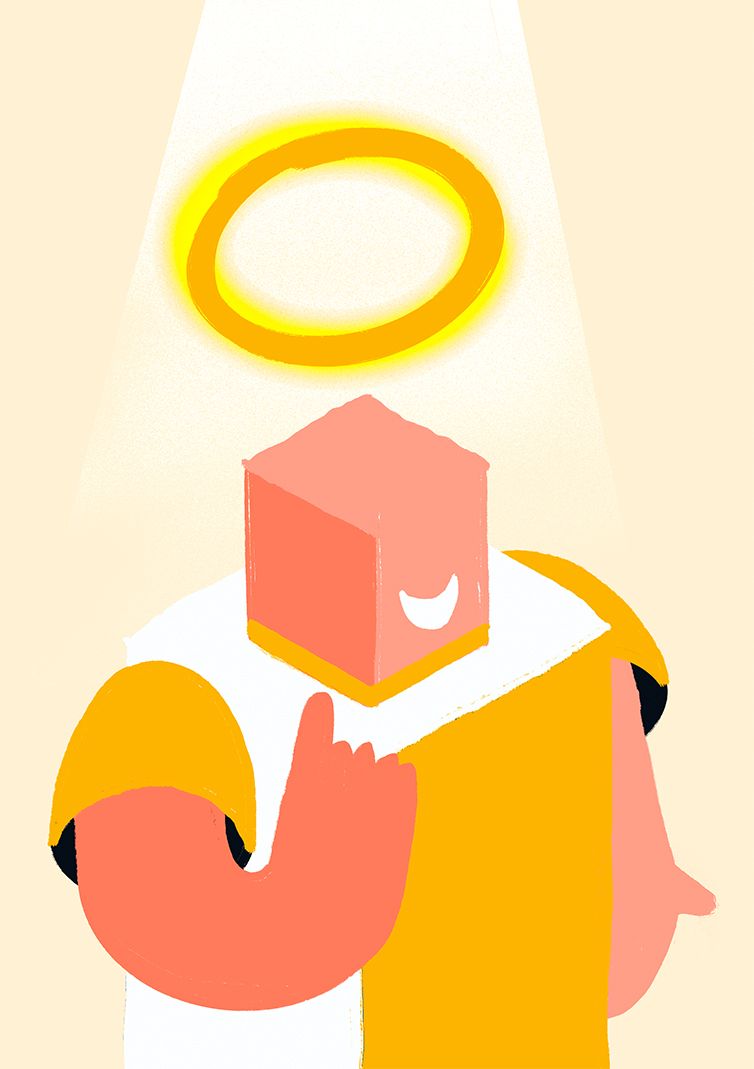
Besides charming, thought-provoking and sometimes bizarre stories, the books also feature Ričards’ curious illustrations. The vision of the author, as he describes, is a mixture of simple shapes, bright colors, textures and cubes at a 45-degree angle. As Ričards says, this way of expressing himself reminds him of the art school in Riga, where they always started with drawing a cube in art class. In his book, he uses this basic form as a storytelling tool, shaping it into strange characters that, placed in different situations, capture emotions through their body language.
Not only the visuals, but the title of the book is also worth mentioning, as it has important messages. According to Ričards, different people, situations and events are all part of our everyday life, just like tough moments. The challenges, or ‘weaknesses’ if you will, show who we really are, they build our characters, which is really nice. “This is why the title is ‘It must be nice’, because if you go through things and you’re still here, stronger than ever, it’s really nice. I appreciate that, and it does sound nice, doesn’t it?” he emphasized.
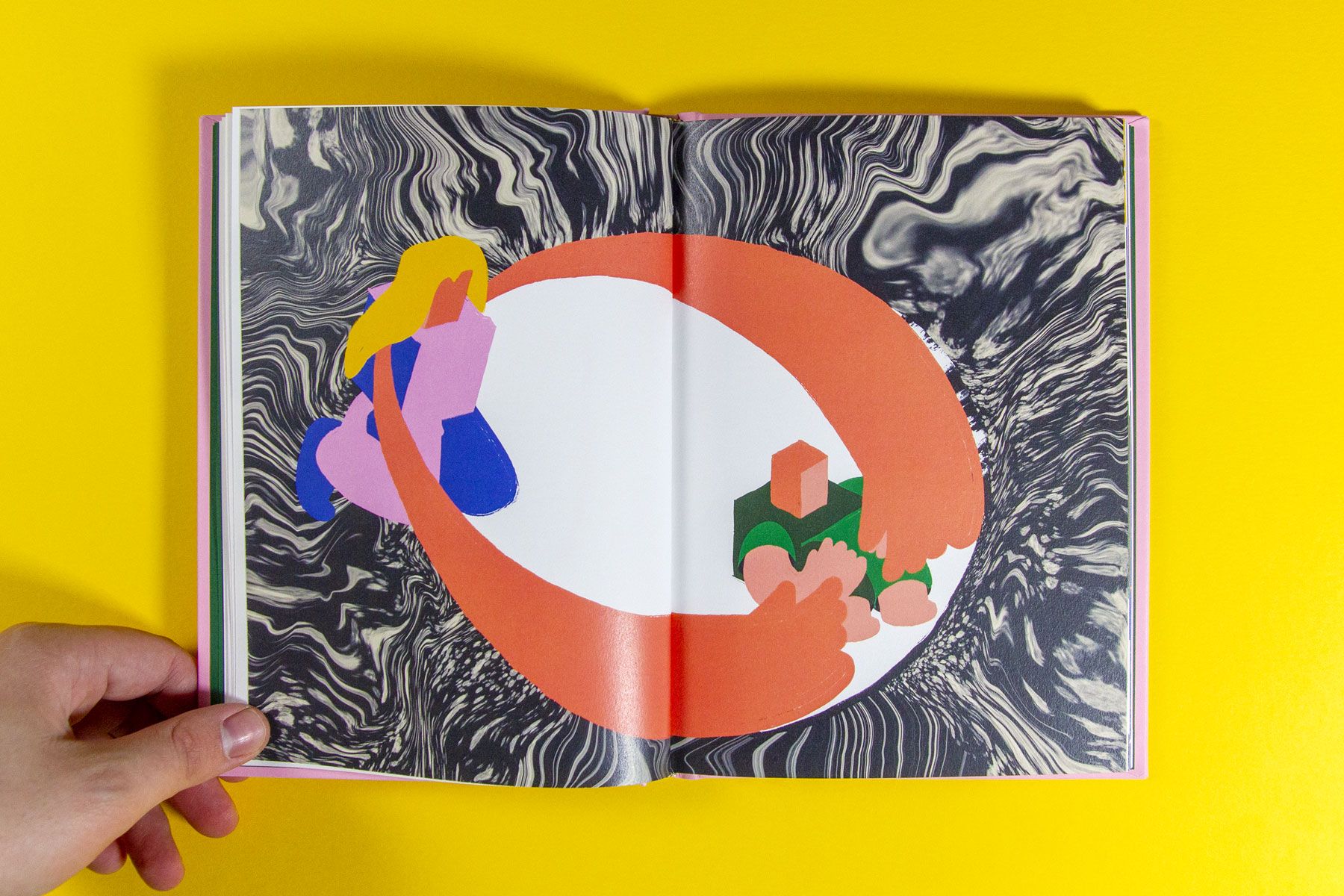
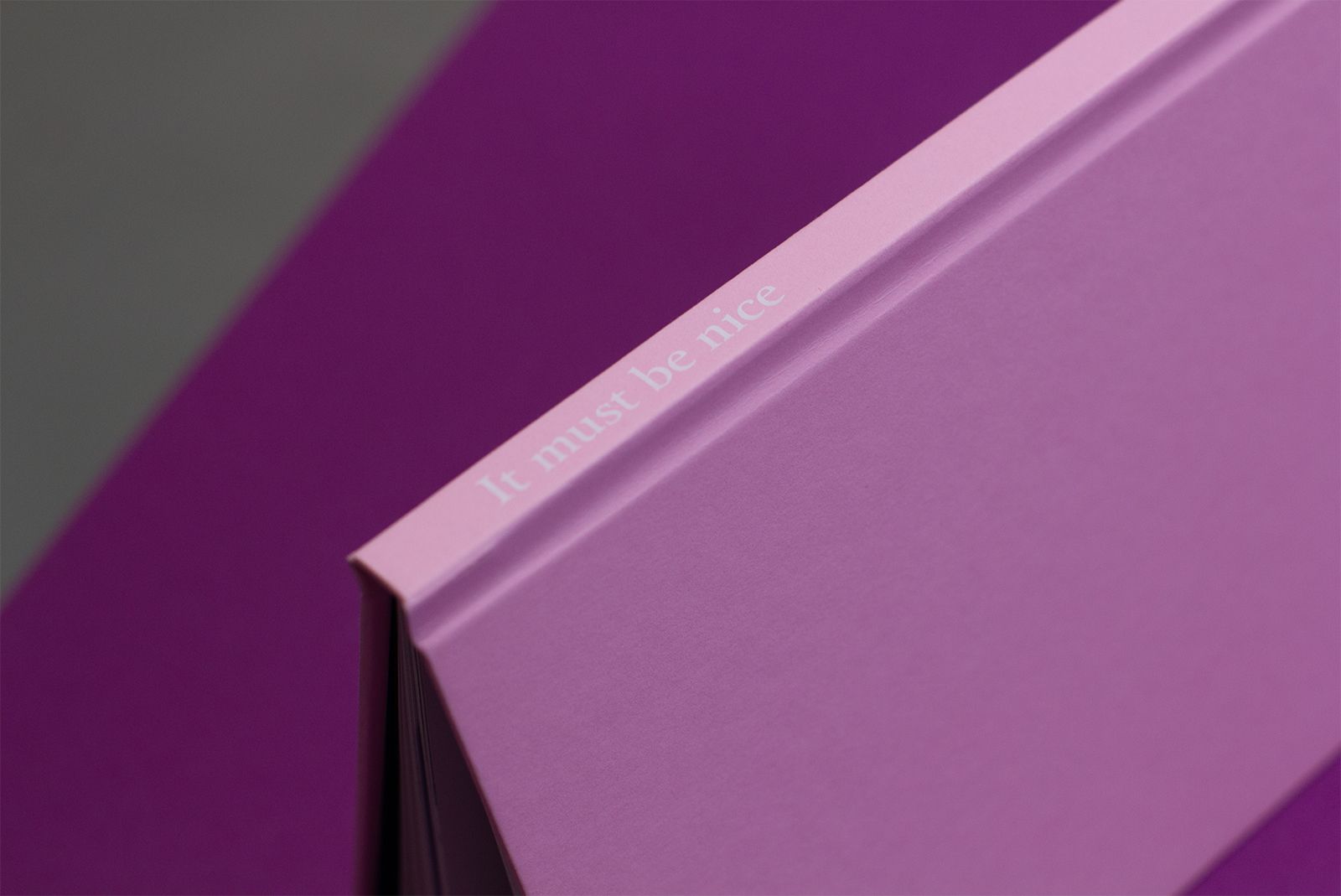
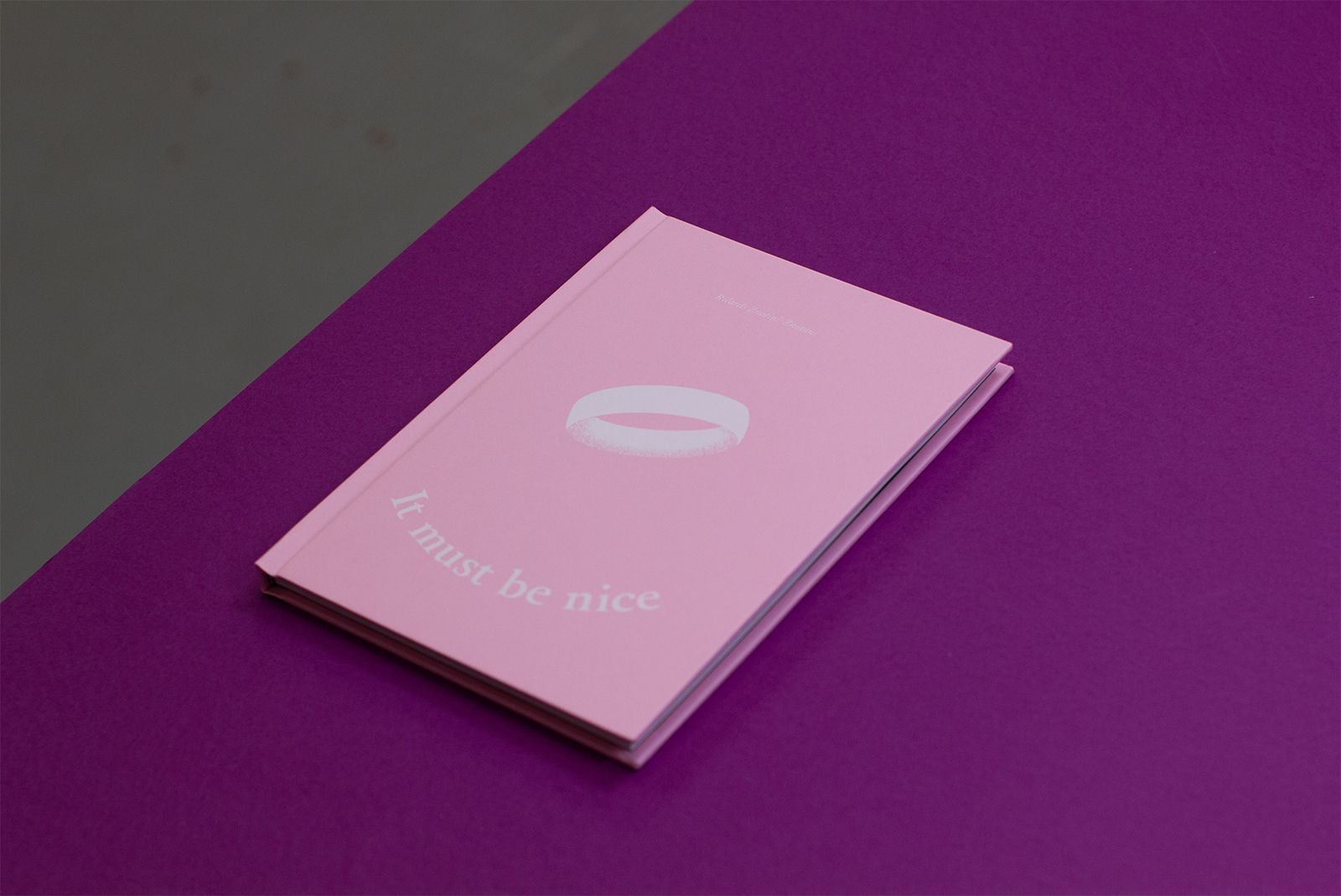
Last but not least, we also asked the author what the project means to him and how the process had affected him, he answered “‘It must be nice’ is a reminder that I have to be kind to myself, not to rush and not to judge. Appreciate what I’ve got and keep on pursuing my dreams. Anything’s possible if you believe in yourself.”
It must be nice is available on the website of publisher Stolen Books.
Ričards Znutiņš-Znutāns | Instagram
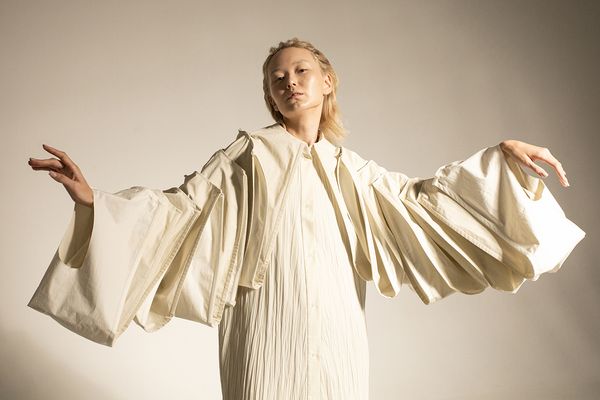
Ukrainian designer Irina Dzhus’ collection rescued during her escape
